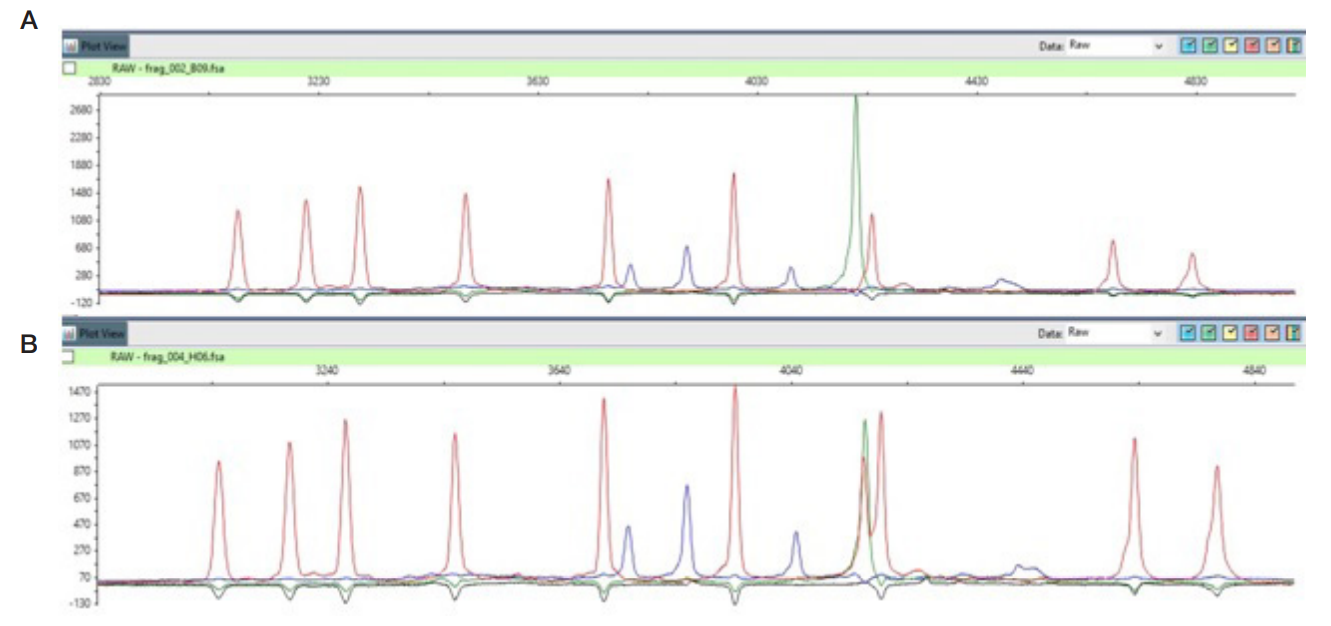
This article is an open access article distributed under the terms and conditions of the Creative Commons Attribution license (CC BY).
ORIGINAL RESEARCH
Filaggrin loss-of-function mutations 2282del4, R501X, R2447X and S3247X in atopic dermatitis
State Research Center of Dermatovenereology and Cosmetology of the Ministry of Health of the Russian Federation
Correspondence should be addressed: Dmitry Anatolyevich Verbenko
Korolenko, 3/6, office 320, Moscow, 117076, Russia; moc.liamg@oknebrev
Funding: the research was financially supported by the Ministry of Health of the Russian Federation (State Task for the State Research Center of Dermatovenereology and Cosmetology № 056-00116-21-00-6 for 2021-2023).
Author contribution: AE Karamova, VV Chikin, KM Aulova, PV Gorodnichev — examination of patients, diagnosing, SCORAD calculation, obtaining informed consent, sampling patients' biomaterial; DA Verbenko — research planning, molecular genetic experiments, manuscript authoring; IV Kozlova — analysis of uniqueness of the oligonucleotides hybridizing to the loss-of-function mutations in the FLG gene; AE Karamova — manuscript editing; AA Kubanov — general guidance, manuscript editing.
Compliance with ethical standards: the study was approved by the Ethics Committee of the State Research Center of Dermatovenereology and Cosmetology (Minutes #1 of January 29, 2021), and meets the standards of good clinical practice and evidence-based medicine. All patients included in the study have read and signed a voluntary informed consent to participate therein.





